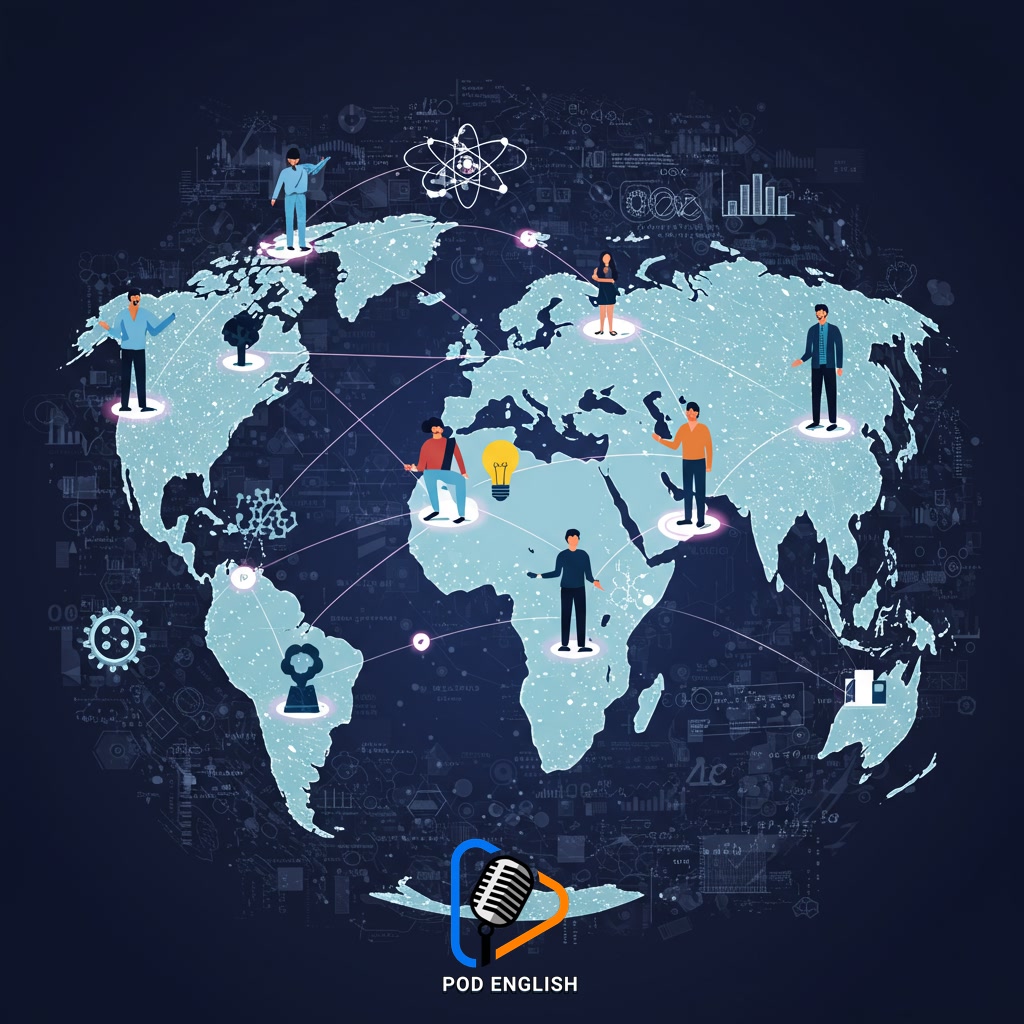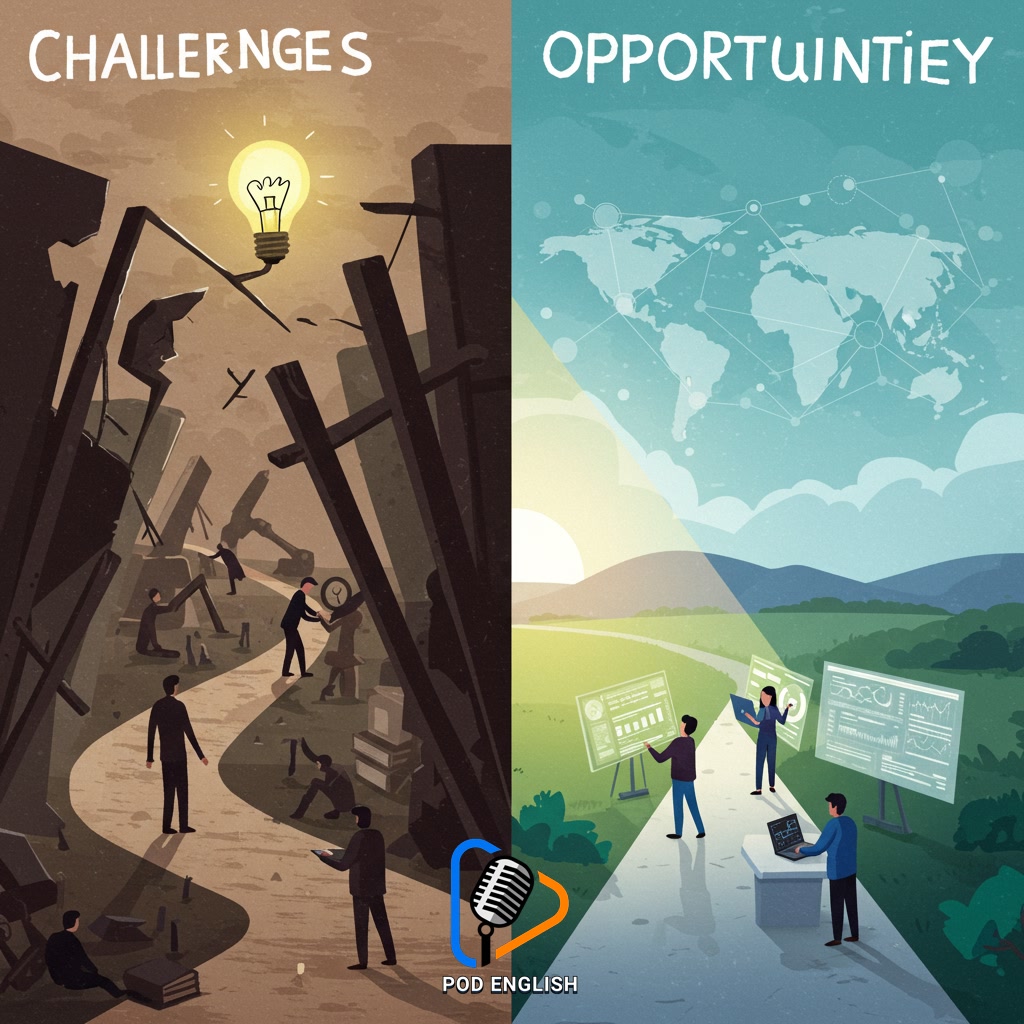Learn English
STEM Education Fuels Global Innovation

STEM education is fundamental to fostering innovation worldwide. It equips individuals with the critical thinking and problem-solving skills necessary for scientific and technological advancements. Proficiency in areas like mathematics, science, engineering, and technology, combined with skills such as learning english for global communication, enables collaboration and the sharing of ideas across borders. This interconnected approach accelerates discovery and drives economic growth on a global scale.
Table of Contents
- Section 1: The Foundation: Defining STEM Education
- Section 2: Connecting the Dots: How STEM Drives Innovation
- Section 3: Global Reach: STEM Education’s Impact on the World Stage
- Section 4: Essential Skills for the Future: Beyond Technical Knowledge
- Section 5: Bridging Borders: The Crucial Role of English in Global STEM
- Section 6: Challenges and Opportunities in STEM Education
- Section 7: Fueling Progress: The Future of STEM and Innovation
Section 1: The Foundation: Defining STEM Education
STEM is an acronym that stands for Science, Technology, Engineering, and Mathematics. It represents an integrated, interdisciplinary approach to learning that encourages students to think critically, solve complex problems, and innovate. Rather than teaching these subjects in isolation, STEM education focuses on how they are connected and how they can be applied together to understand the world and develop solutions. This foundational approach equips individuals with the essential analytical skills and technical knowledge required for success in a rapidly evolving global landscape. Building a strong base in STEM, coupled with effective communication skills, such as learning English, provides the necessary tools for future academic pursuits and career opportunities, particularly those driving innovation.

Section 2: Connecting the Dots: How STEM Drives Innovation
Building on the definition of STEM, this interdisciplinary approach is crucial for innovation because it allows individuals to see connections between seemingly separate fields. Instead of viewing science, technology, engineering, and mathematics in isolation, STEM education teaches how they overlap and inform one another. For example, understanding the scientific principles of flight is essential for designing an airplane (engineering), which requires advanced mathematical calculations and relies heavily on technological advancements in materials and systems. This ability to ‘connect the dots’ enables creative problem-solving and the development of novel solutions to complex challenges, driving progress across industries and fostering a culture of continuous innovation.

Section 3: Global Reach: STEM Education’s Impact on the World Stage
Building on the interdisciplinary nature of STEM, its impact extends globally through enhanced communication and collaboration. Proficiency in STEM fields, coupled with skills like learning English, empowers individuals worldwide to connect, share ideas, and work together across borders. This global network of scientists, engineers, and innovators fosters rapid knowledge exchange, breaking down geographical barriers to discovery. Collaborative projects addressing global challenges, from climate change to public health, become possible. This interconnected approach accelerates scientific and technological advancements, driving innovation and progress on a truly international scale, demonstrating STEM education’s crucial role on the world stage.

Section 4: Essential Skills for the Future: Beyond Technical Knowledge
While a strong foundation in science, technology, engineering, and mathematics is crucial, the future demands more than just technical expertise. Essential skills like critical thinking, complex problem-solving, creativity, and collaboration are equally vital. These abilities enable individuals to not only understand intricate technical concepts but also to apply them innovatively to real-world challenges. Furthermore, effective communication, particularly in a global language like English, bridges geographical and cultural gaps, allowing diverse teams to share ideas, build upon each other’s work, and accelerate progress. Developing this blend of technical knowledge and versatile soft skills prepares learners to navigate and lead in an increasingly interconnected and rapidly evolving world.

Section 5: Bridging Borders: The Crucial Role of English in Global STEM
Building on the need for skills beyond technical knowledge, effective communication is paramount in the interconnected world of STEM. English has emerged as the dominant language for scientific research, publications, international conferences, and online resources. Proficiency in learning English allows scientists, engineers, and technologists from diverse backgrounds and locations to easily share findings, collaborate on projects, and access the latest global advancements. This shared linguistic foundation effectively bridges geographical and cultural borders, accelerating the pace of innovation and enabling the collective tackling of complex global challenges that no single nation could solve alone. Therefore, mastering English is not just a communication skill, but a vital tool for contributing to and benefiting from the global STEM community.

Section 6: Challenges and Opportunities in STEM Education
Building on the importance of communication, STEM education faces significant challenges globally, including unequal access to quality resources, outdated teaching methods, and a shortage of qualified educators, particularly in remote or underserved areas. Bridging the gap between theoretical knowledge and practical application, and ensuring curricula keep pace with rapid technological change, are also critical hurdles. However, these challenges present immense opportunities. The rise of online learning platforms and digital tools offers new ways to increase accessibility and personalize education. Emphasizing skills like critical thinking, problem-solving, and effective communication—including proficiency in English for international collaboration—empowers learners. Fostering diverse and inclusive environments unlocks untapped potential, while strong partnerships between educational institutions and industries can provide relevant, hands-on experience, preparing students to drive future innovation and address global challenges.

Section 7: Fueling Progress: The Future of STEM and Innovation
Building upon the challenges previously discussed, the future of STEM education holds immense potential for fueling global progress and innovation. Overcoming barriers like unequal access and outdated methods is crucial to unlock this potential fully. The next wave of innovation will be driven by interdisciplinary approaches, integrating fields like artificial intelligence, biotechnology, and sustainable technologies. Proficiency in core STEM subjects, combined with enhanced global communication skills often facilitated by learning English, will empower individuals to collaborate across borders, share complex ideas seamlessly, and contribute to groundbreaking discoveries. This interconnected ecosystem of knowledge and skill development is essential for tackling complex global issues and ensuring a future propelled by continuous scientific and technological advancement.














